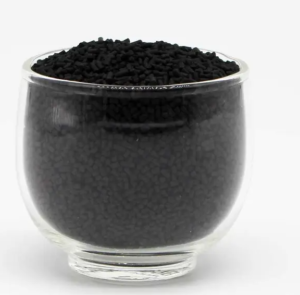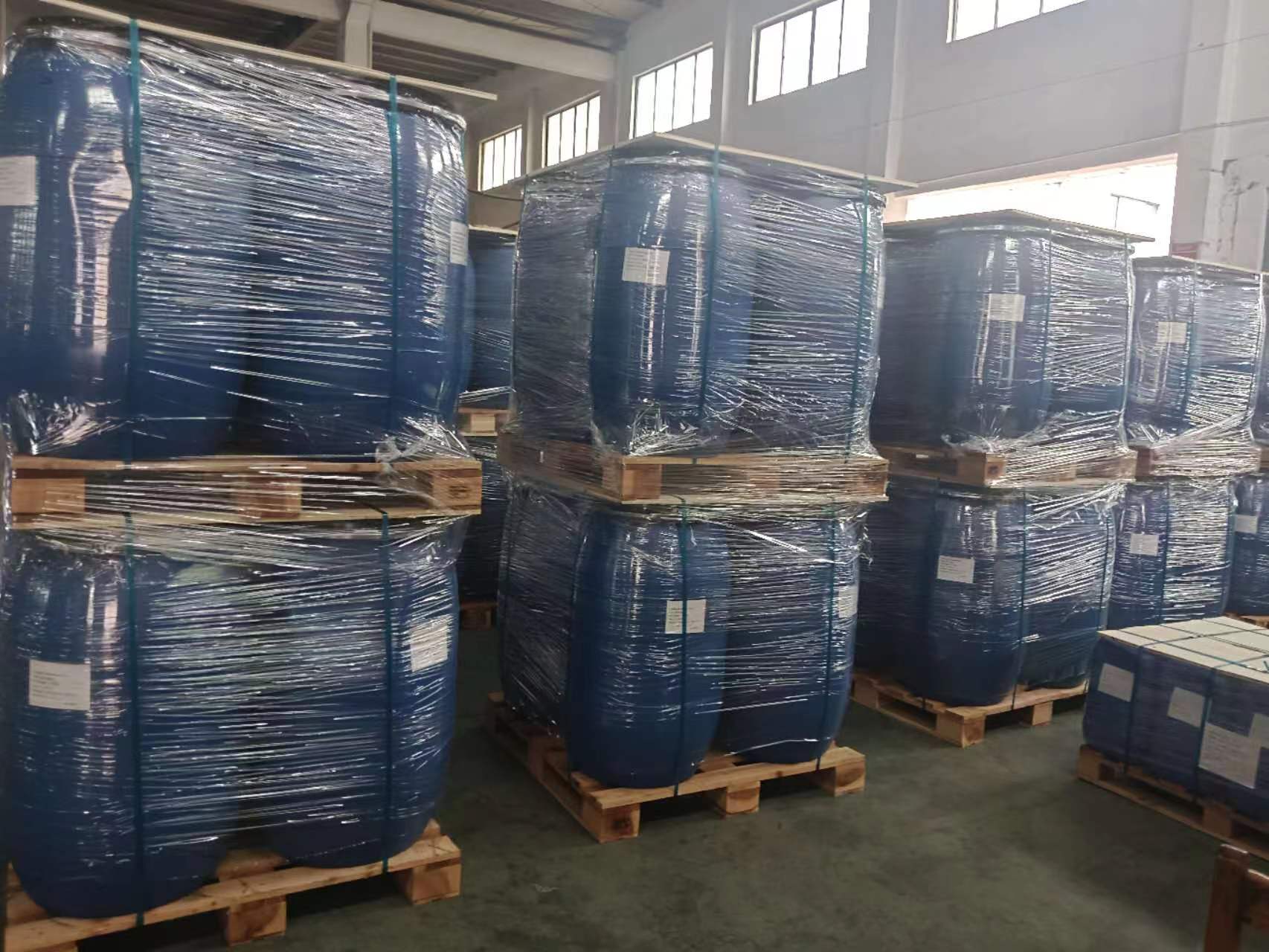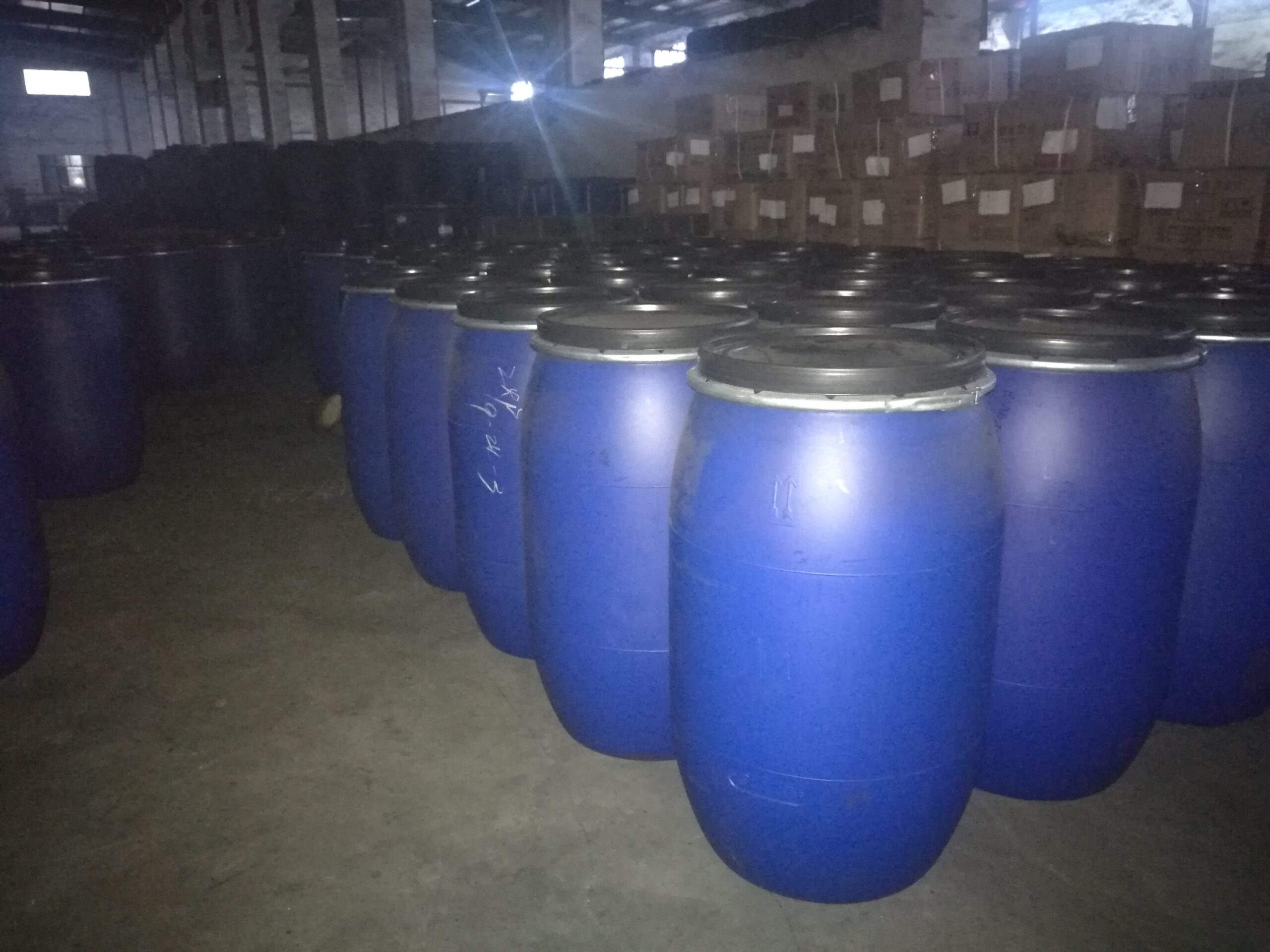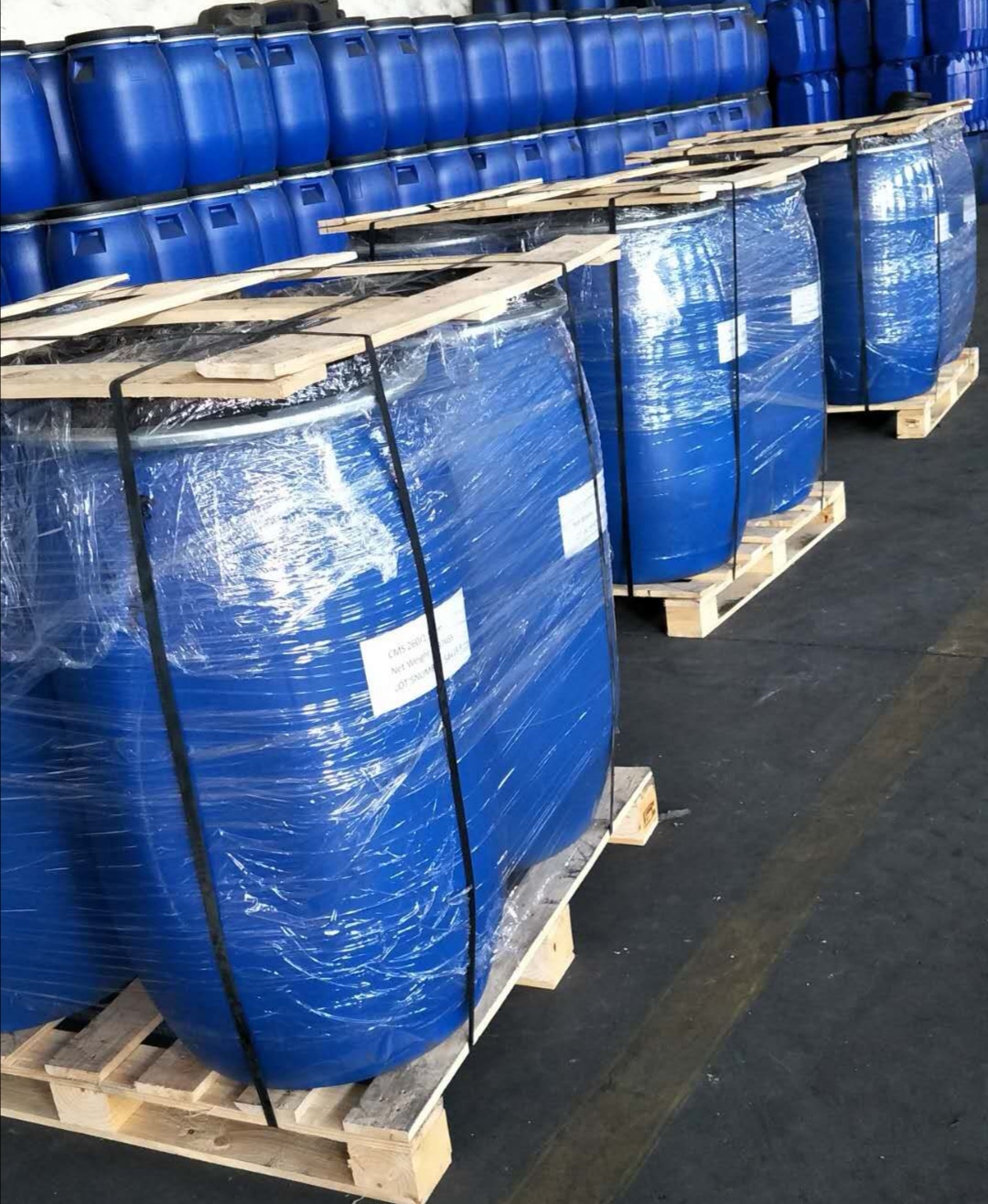What is high-quality carbon molecular sieve? How to evaluate the quality of carbon molecular sieve?

Carbon molecular sieves are important materials widely used in gas separation, gas purification and other fields. When evaluating and comparing different new types of carbon molecular sieves, multiple aspects need to be comprehensively considered. These aspects not only include the basic structure and performance of the material, but also its performance in specific applications. The following are several key evaluation dimensions:
一、The adsorption performance of carbon molecular sieves is an important indicator for assessing their effectiveness. Adsorption performance mainly includes the adsorption capacity and adsorption rate for different gas molecules. The adsorption capacity and adsorption rate of carbon molecular sieves for target gases can be determined through experimental methods, thereby evaluating the superiority or inferiority of their adsorption performance. Adsorption capacity can be represented by adsorption isotherms and adsorption kinetics curves, while adsorption rate can be obtained through adsorption kinetics experiments. These data can help assess the adsorption effect of carbon molecular sieves in various applications and determine their applicability under specific conditions. The selective adsorption ability for specific molecules or gases is an important indicator for evaluating carbon molecular sieves. For example, in gas separation (such as CO₂ and N₂, CH₄ and CO₂ separation), the selectivity of carbon molecular sieves directly affects their efficiency.
二、The specific surface area of carbon molecular sieves is an important indicator for measuring their quality. A larger specific surface area indicates a more developed pore structure and better adsorption performance of carbon molecular sieves. Generally, a larger specific surface area means that carbon molecular sieves have more adsorption sites and can more effectively adsorb gas molecules.
Secondly, the separation performance of carbon molecular sieves is also a key indicator for evaluating their effectiveness. Separation performance refers to the effect of carbon molecular sieves in separating different gas components in mixed gases. Separation performance mainly depends on factors such as the pore size and distribution, surface chemical properties, and crystal structure of carbon molecular sieves. Among them, pore size and distribution have a significant impact on the adsorption and separation performance of carbon molecular sieves. Carbon molecular sieves with moderate pore sizes usually have better selectivity and permeability. Carbon molecular sieves with uniform pore size distribution can more effectively adsorb target gas molecules and improve separation efficiency. These factors can be characterized by methods such as X-ray diffraction and nitrogen adsorption. Experimental methods can be used to determine the separation effect of carbon molecular sieves in different gas mixtures, thereby evaluating their applicability under specific conditions.
三、Thermal stability is also an important indicator for evaluating the effectiveness of carbon molecular sieves and is an important parameter for judging the quality of carbon molecular sieves. Stability refers to the ability of carbon molecular sieves to maintain their structure and performance without damage during long-term use.
Stability can be evaluated through cyclic adsorption-desorption experiments. Through multiple cycles of experiments, the stability of carbon molecular sieves can be obtained. Additionally, it is necessary to test the stability of carbon molecular sieves under harsh conditions such as high temperature, high humidity, and acidic or alkaline environments. High-quality carbon molecular sieves should have good thermal stability and be able to maintain their structure and performance at high temperatures.
Carbon molecular sieves with poor thermal stability may experience structural damage or performance degradation at high temperatures, affecting their service life and separation efficiency.
四、The regenerability of carbon molecular sieves is also an indicator that needs to be considered. Regenerability refers to the ability of carbon molecular sieves to be reused after regeneration treatment. The regenerability of carbon molecular sieves can be achieved through methods such as thermal desorption and solvent washing. Through experimental methods, the adsorption performance and separation performance of carbon molecular sieves after regeneration can be determined to see if there is any decrease.
五、Although the preparation cost is not a direct indicator for measuring the quality of carbon molecular sieves, efficient and low-cost preparation methods can help improve the market competitiveness of carbon molecular sieves. When choosing carbon molecular sieves, the balance between performance and cost can be comprehensively considered.
六、Environmental friendliness and sustainability Whether the raw materials used in the synthesis of carbon molecular sieves are environmentally friendly and sustainable, such as whether renewable resources (such as biomass) are used as precursors. Whether the synthesis process of carbon molecular sieves generates a large amount of waste gas or requires a large amount of energy, and whether it meets the standards of green manufacturing. For large-scale production and use, life cycle assessment can help evaluate its overall impact on the environment. In general, when comparing different new types of carbon molecular sieves, the above multiple factors should be comprehensively considered. Common evaluation methods include:
Performance comparison: Horizontally compare the specific surface area, pore size distribution, adsorption capacity, etc. of different carbon molecular sieves, and select more suitable materials based on specific application requirements.
Cost-performance analysis: On the basis of superior performance, the synthesis cost and manufacturing difficulty of the material should also be considered.
Environmental impact: Evaluate the environmental impact during the production and use of the material, and choose more environmentally friendly and sustainable materials.

Through the above comprehensive consideration, different types of carbon molecular sieves can be effectively evaluated and compared to select materials that are more suitable for specific applications. Through experimental methods and theoretical analysis, the performance of carbon molecular sieves in different applications can be comprehensively evaluated, thereby providing a scientific basis for their application in industrial production. With the continuous deepening of research, it is believed that the performance of carbon molecular sieves will be further improved, providing better solutions for gas separation, gas purification and other fields.



